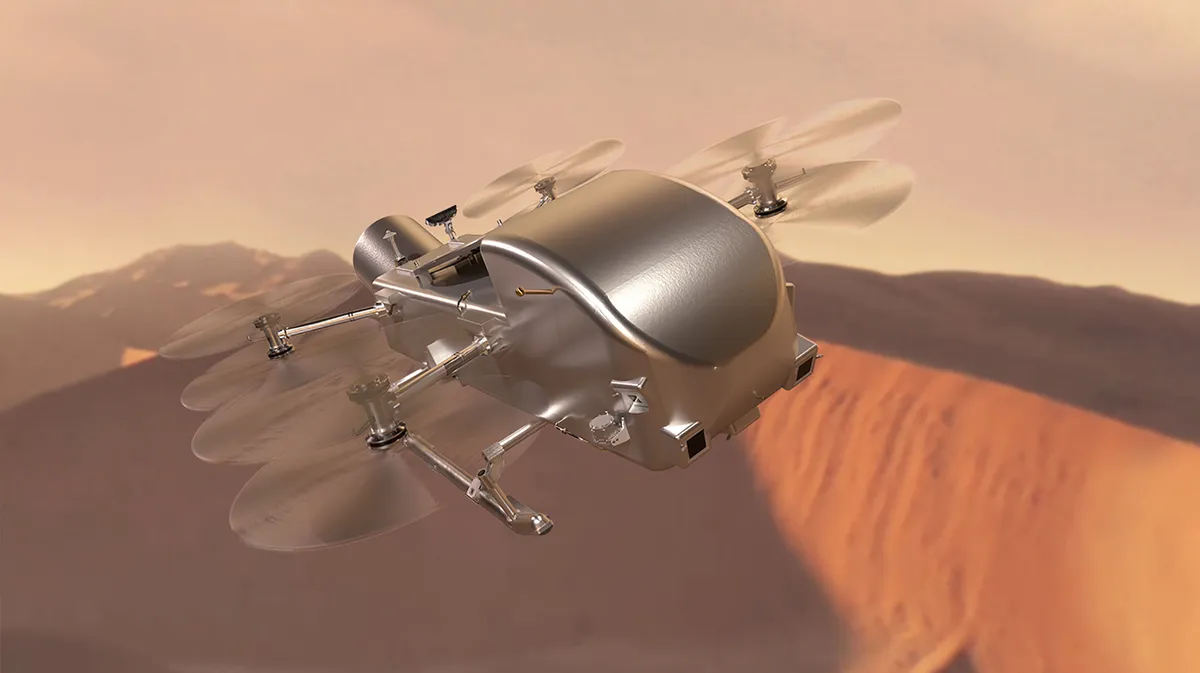
NASA's groundbreaking Dragonfly mission has successfully passed its Critical Design Review, a significant milestone that keeps the mission on schedule for a 2028 launch to Saturn's colossal moon, Titan. The announcement, made on April 24, confirms that the mission's design, fabrication, integration, and testing plans have received approval, allowing the team to shift focus towards the actual construction of the spacecraft.
Initially selected by NASA in 2019, the $3.35 billion Dragonfly mission is being developed under the leadership of the Johns Hopkins Applied Physics Laboratory (APL) in Maryland, with Elizabeth Turtle serving as the principal investigator. This innovative rotorcraft, roughly the size of a car, is nuclear-powered and specifically engineered to explore Titan's potential for hosting life.
Despite facing challenges such as delays and budget overruns, the scientific community prioritizes the study of Titan due to its intriguing characteristics and potential to harbour alien life. The mission is slated for launch no earlier than July 2028 aboard a SpaceX Falcon Heavy rocket from NASA's Kennedy Space Center in Florida. Once launched, Dragonfly will embark on an extraordinary almost seven-year journey through deep space to reach the Saturn system.
Upon arrival, the Dragonfly spacecraft is expected to spend over three years investigating various regions of Titan's frigid and diverse landscape. Equipped with advanced cameras, sensors, and samplers, the mission aims to carefully assess Titan's habitability. Scientists will be particularly focused on searching for signs of prebiotic chemistry and potential indications of life.
Titan, Saturn's largest moon and the second-largest moon in our solar system—following Jupiter's Ganymede—features a unique combination of elements. Its thick, hazy atmosphere conceals a surface adorned with dunes of hydrocarbons and vast lakes of methane. Beneath the icy crust, researchers speculate that a subsurface ocean of salty water exists, further enhancing the moon's potential to support life.
As the Dragonfly mission progresses, scientists remain hopeful that the findings will shed light on the fundamental questions surrounding life beyond Earth, making this mission not only significant for planetary science but also for our understanding of life's possibilities in the universe.